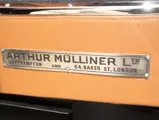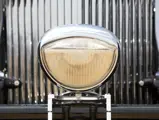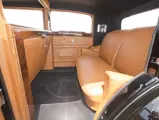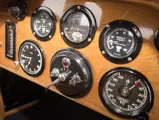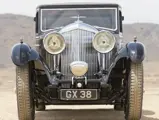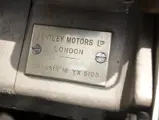
1932 Bentley 8-Litre Saloon by Arthur Mulliner
{{lr.item.text}}
$825,000 USD | Sold
{{bidding.lot.reserveStatusFormatted}}
- A pure example, retaining its original chassis, engine, and body
- The ninety-ninth of one hundred 8-Litre Bentleys constructed
- A wonderful closed example for show or comfortable touring
220 bhp, 7,983 cc overhead-cam inline six-cylinder engine with dual SU carburetors, four-speed manual gearbox, live front and rear axles with semi-elliptic leaf springs and friction dampers, and Dewandre vacuum servo-assisted four-wheel drum brakes. Wheelbase: 156 in.
After the First World War, in a small office on Conduit Street, W.O. Bentley began designing a new engine. He recruited F.T. Burgess from Humber and Harry Varley from Vauxhall. By September 1919, the design was complete and all the parts were manufactured. Nobby Clarke, chief mechanic of one of the R.N.A.S. squadrons that had used Bentley rotary engines, was hired to assemble the first car engine. The 2,996-cubic centimeter long-stroke four-cylinder engine developed maximum power at just 3,500 rpm. It was successfully run for the first time at New Street Mews at the beginning of October, and a mock-up chassis was readied for the Olympia Motor Show in London.
The car made an immediate impression, with its tall, imposing radiator and winged Bentley badge that had been designed by famed motoring artist F. Gordon Crosby. Autocar reported, “The Bentley chassis stands alone in its class as a car designed to give that peculiar and almost perfect combination of tractability and great speed usually to be found on machines built for racing, and racing only.”
Of course, Bentley would achieve incredible motor racing success for many years, winning the Le Mans 24 Hours four times in a row during the 1920s. Bentley’s drivers included Woolf Barnato, Sir Henry “Tim” Birkin, Jack Barclay, Glen Kidston, and George Duller. The “Bentley Boys,” as they were known, became part of the Bentley legend, with W.O.’s clear policy to “race on Sunday, sell on Monday.”
S.C.H. Davis gave a 3.0-litre Bentley with an open four-seater tourer body its first road test for Autocar in January 1920. Bentley moved to a factory in Oxgate Lane in Cricklewood, where the Bentley cars were assembled. The first customer’s 3.0-litre was delivered in August 1921. Bentley would go on to produce models of 4.5-litres, 6.5-litres and, finally, between 1930 and 1931, the mighty 8-Litre.
The Mighty 8-Litre
The 8-Litre was basically an enlarged version of the Speed Six. It had a newer and lower chassis with out-set rear springs and an F-series gearbox, which differed from all previous Bentley designs as its casing split down the center, as opposed to the square box with a lid on top, which was used in all the earlier cars. This layout allowed for larger bearings, which provided extra strength and reduced engine noise.
The first 8-Litres appeared at the Olympia Motor Show in October 1930 and created a sensation. This magnificent machine would top 100 mph with heavy limousine coachwork and eight passengers inside!
Bentley’s Sales Manager Arthur Hillstead wrote in his book, Those Bentley Days, “Eight litres! Nearly three times the cubic capacity of the never-to-be-forgotten 3! And what a motor it was! Having a six-cylinder engine with a bore and stroke of 110 mm by 140 mm, respectively, and a top-gear speed range (with a ratio of 3.5 to 1) of a minimum of 6 mph and a maximum of 104 mph—what more could man ask for? Yes, indeed, and add to that an acceleration capacity of 10 mph to 100 mph in 50 seconds with a fully equipped saloon body, and surely we had the answer to the sporting motorist’s prayer. The sporting motorist! Speed cum refinement in its highest form! A creation evolved from years of racing experience!”
The 8-Litre was clearly aimed to go head-to-head with the Rolls-Royce Phantom II, and Hillstead was impressed by the fact that, while the Bentley outperformed the supercharged Mercedes of that time on both acceleration and maximum speed, “it performed with a silence that was uncanny.” He said, “There was nothing like it in the world.”
It would have been interesting to see what developed in this rivalry, but Bentley was, by now, in deep financial trouble. Bentley Motors effectively ended in 1931, when they notified London Life that they would be unable to make their June 30th mortgage payment. W.O. was confident that the company would continue under the proposed new ownership of Napiers, of Acton, London. The receiver’s sale of Bentley’s assets was regarded to be a formality, but in the Royal Courts of Justice in London’s Strand, a barrister representing the British Central Equitable Trust made a counter offer, much to everyone’s astonishment. Napier immediately offered more, but the judge informed the court that he was not an auctioneer and gave the two parties until 4:30 p.m. to come back with sealed bids. W.O. said, “I don’t know by how much precisely Napier were out-bidded, but the margin was very small, a matter of a few hundred pounds. All I knew that evening was that the deal would not be going through after all.”
Later, W.O. commented on the bankruptcy. He said, “When people ask me (and they are too tactful to do so often) why Bentleys went bust, I usually give three reasons: the slump, the 4-Litre car, and the ‘blower’ 4½; in proportions of about 70, 20, and 10%, respectively.” Following the court case, it became apparent that the B.C.E.T. was representing Rolls-Royce. Having acquired all of Bentley’s assets, including the design of the 8-Litre, it is telling that the model was never again produced.
Chassis YX 5105 was dispatched to its first owner, Major C. Cooper, in April 1932. Ordered as a saloon, it is a long-wheelbase example with a massive chassis length of 156 inches, or 13 feet! It was in the United Kingdom until 1999, reportedly spending the last 35 years of that time in storage. Disinterred from its decades-long slumber, this aluminum-bodied saloon by Arthur Mulliner was found to be in excellent original condition, and it made its way to a collection in Florida. The new owner only deemed it necessary to commission a repaint, and it remained in that largely original condition until being acquired by its current owner in 2006.
Fortunately, the owner’s original intentions of commissioning a more rakish open body for the powerful chassis were scrapped upon his recognizing the desirability and intrinsic worth held by the relatively small number of pure remaining examples. Opting to preserve the integrity of the car as it was delivered to Major Cooper, YX 5105 was first sent to Robert Aubrey, of Custom Classic by Aubrey in Lancaster, California.
The body was removed from the rolling chassis, stripped to bare metal, and fully refinished with multiple layers of deep black paint that were sanded in between applications, resulting in an exceptional, smooth finish. In keeping with the desired high quality of the restoration, the leather top was replaced and over 400 individual pieces of chrome were sent to be replated for consistent finish and appearance throughout. Every piece of glass was replaced, as were all of the corresponding gaskets and seals. The sumptuous leather interior was refinished in biscuit hides, with complementing deep black carpeting and headliner. All of the exquisite burled wooden trim was, of course, refinished and bears a finish that is as smooth as glass.
The rolling chassis and drivetrain was sent to Rick Hamlin, of Rick’s Auto Restoration in Wellington, Kansas, who is a well-known specialist in Rolls-Royce Silver Ghosts and W.O. Bentley automobiles. All mechanical aspects of the car were rebuilt by Hamlin, including the suspension, engine, and transmission, and all bearings and worn out items were replaced, so that the Bentley could be driven in the spirited fashion in which it was conjured into existence by W.O. himself.
Before it was time for the body to rejoin the chassis, the chassis was refinished in keeping with the high standards of the restoration. As presented, rolling on Rudge wire wheels with black paint-detailed Ace wheel discs and shod with Michelin blackwall tires, this 8-Litre Bentley is a tremendous, imposing sight to behold. It can provide the thrilling 100-plus mph performance as originally intended, and as a closed example, it would be ideal for long-distance touring in such rallies as those organized by the Bentley Driver’s Club, the Classic Car Club of America, or any number of North American or European-based organizations. The fact that it has not been shown also leaves the opportunity for an inaugural presentation at any number of events, where the throaty sound of its rumbling exhaust will be welcomed.

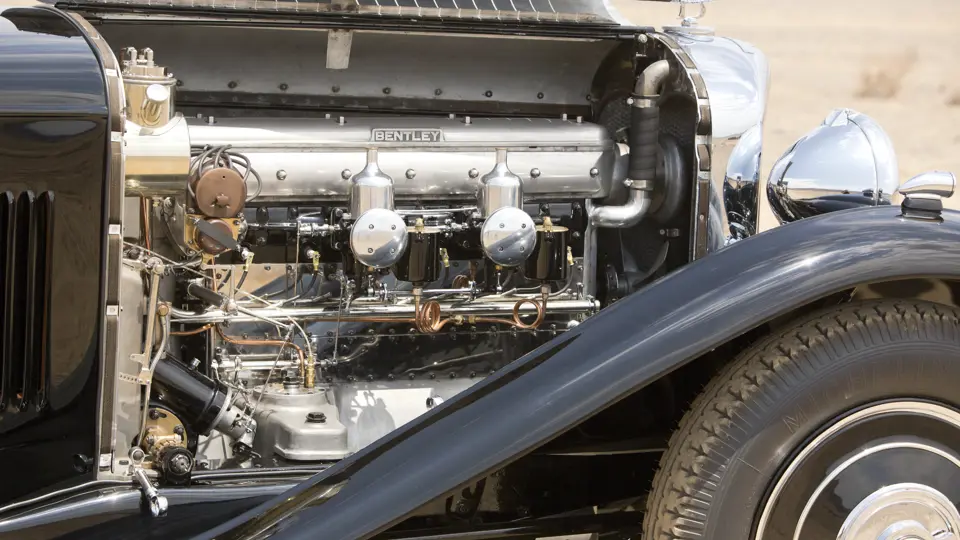


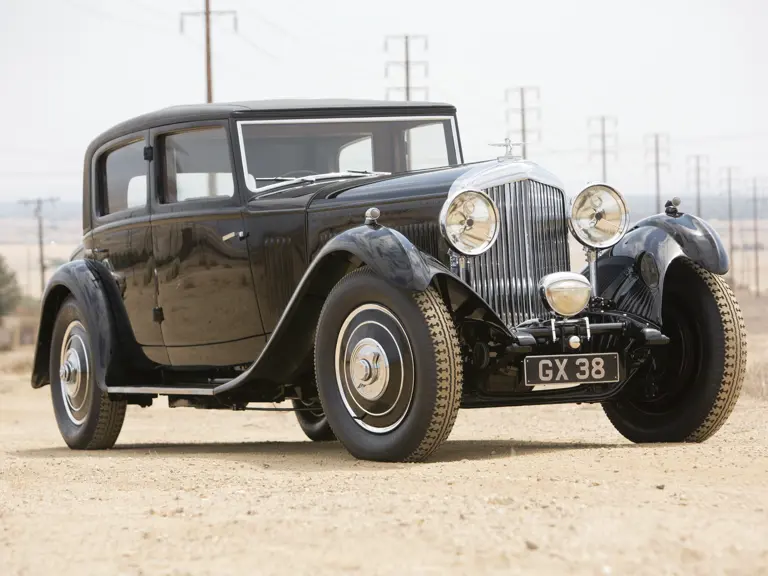
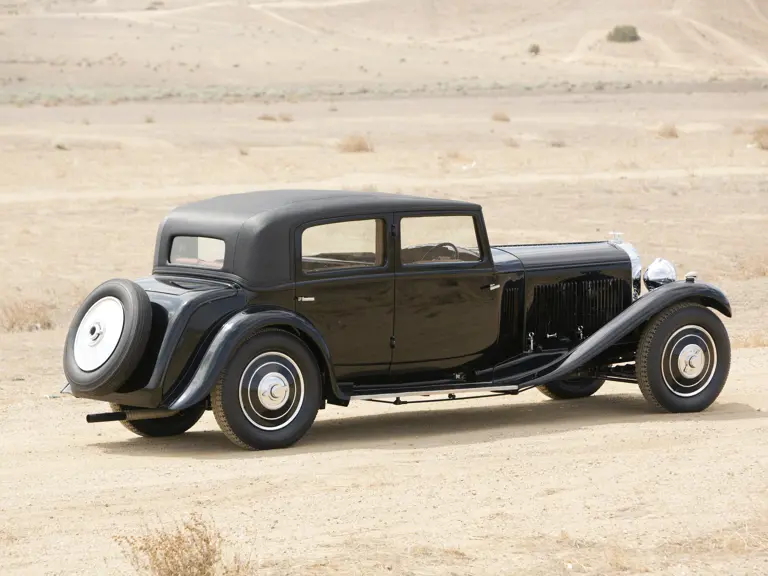
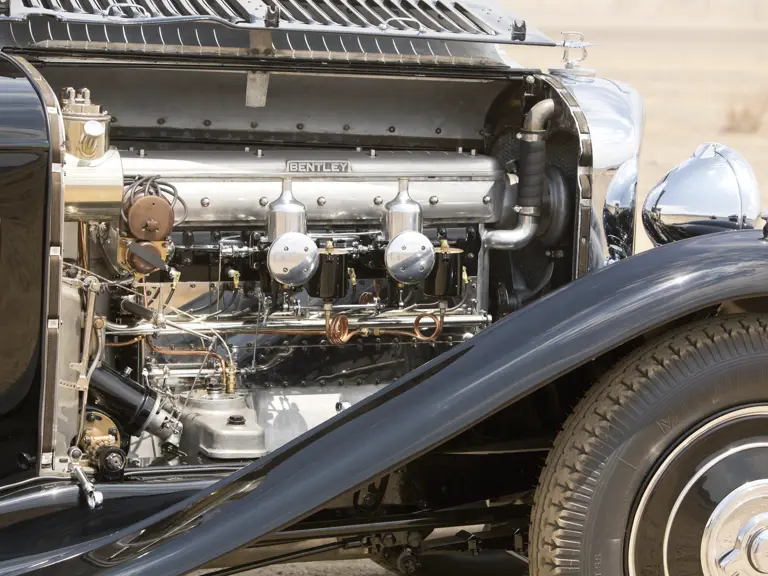
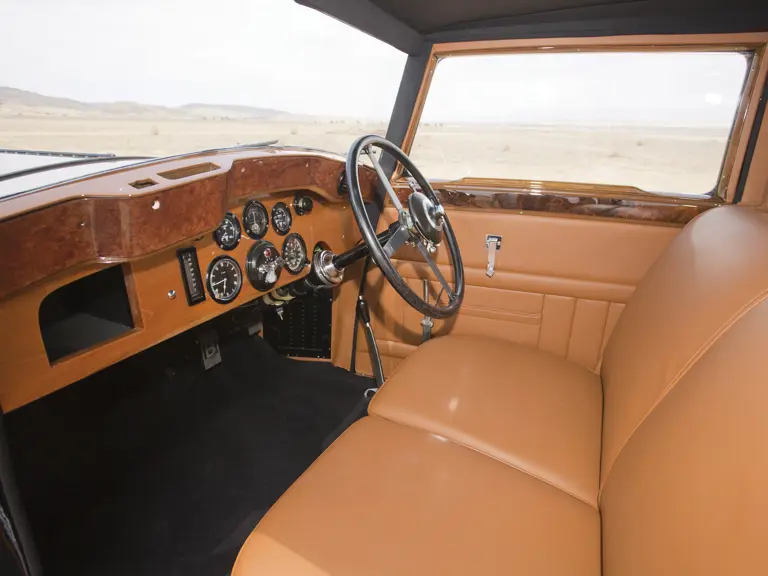
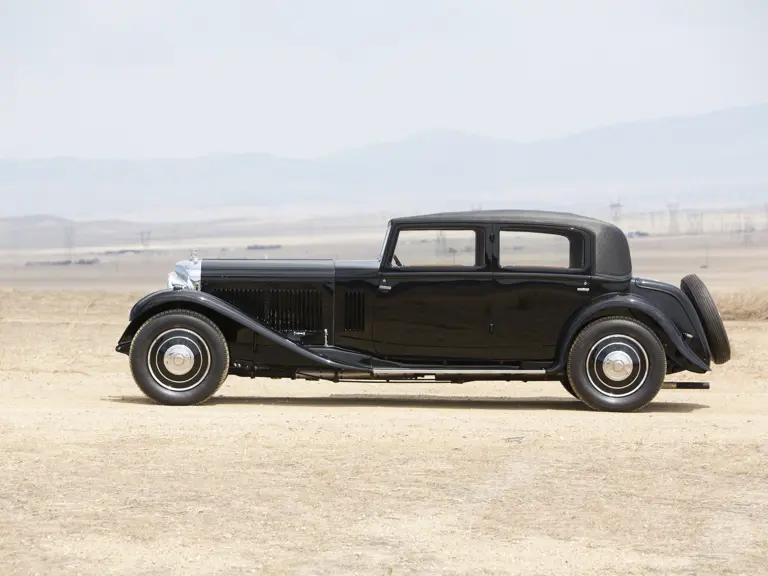

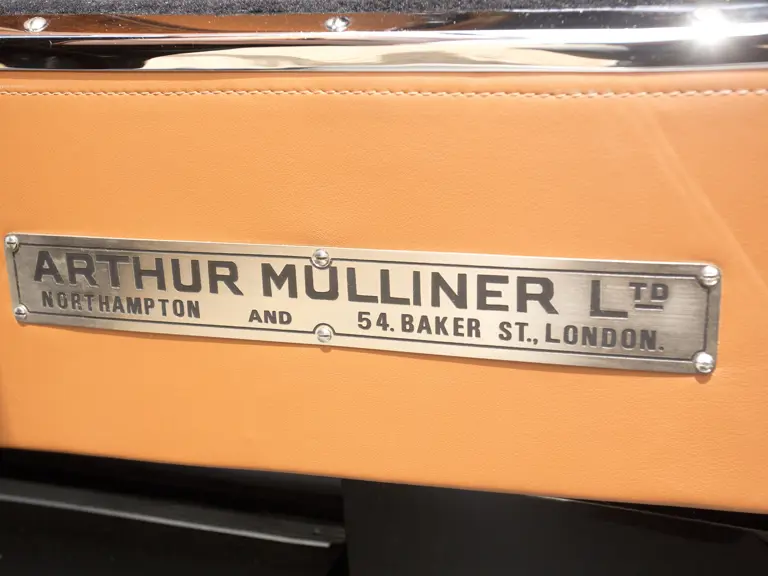

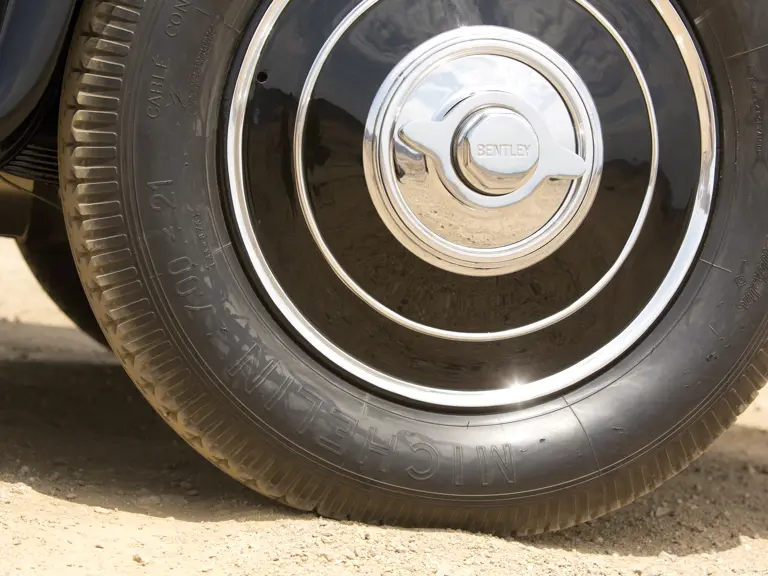
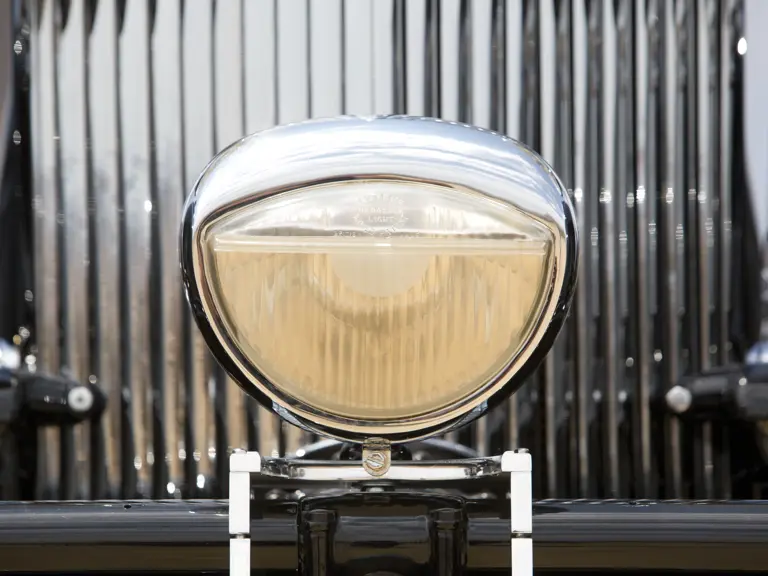


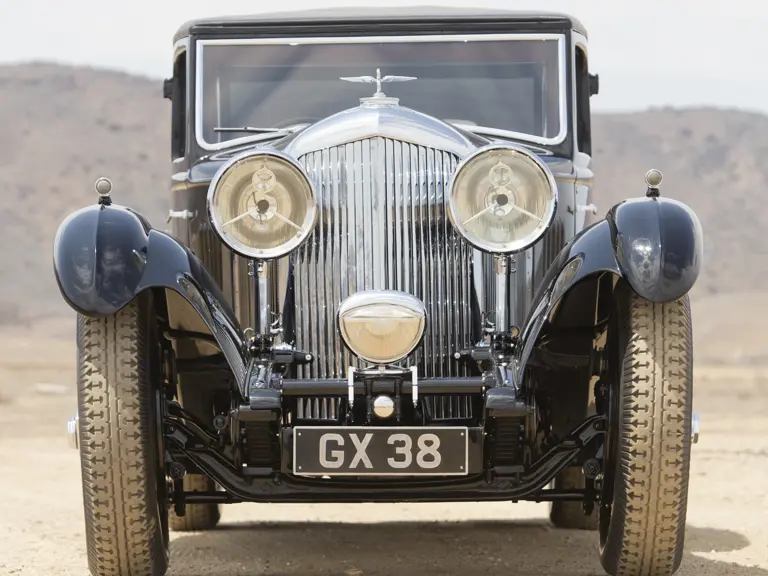
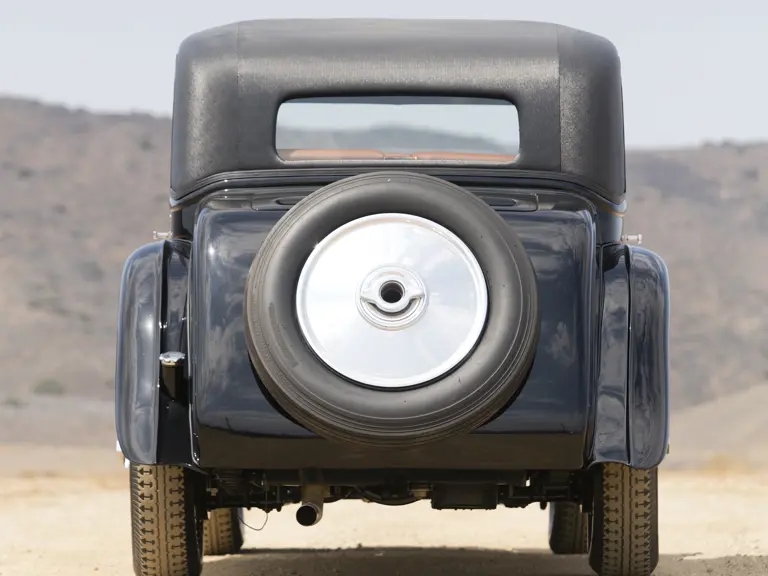
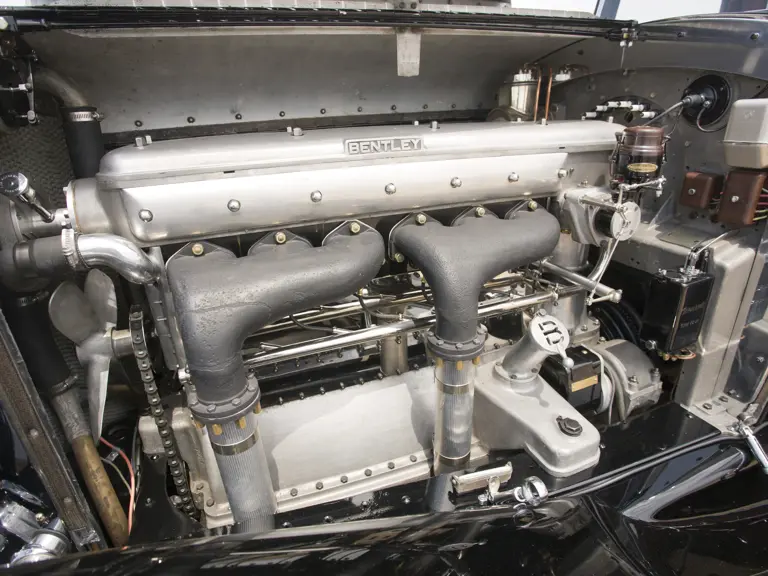


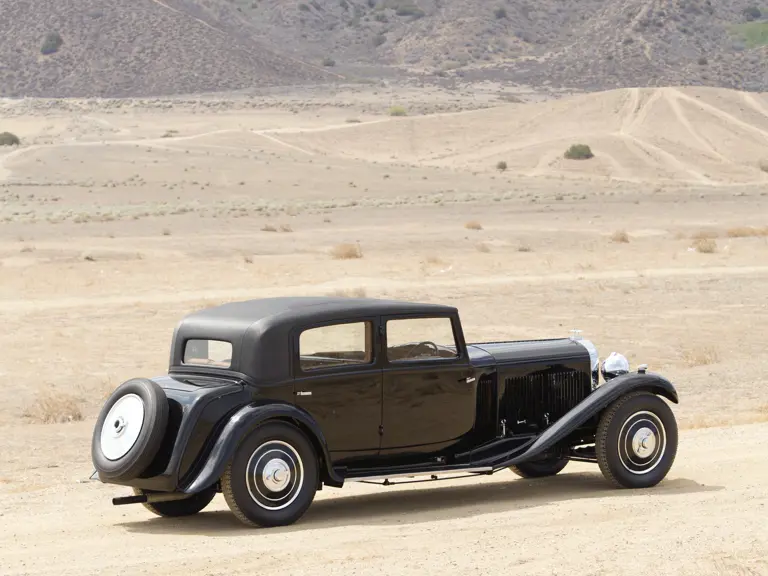

 | Monterey, California
| Monterey, California





